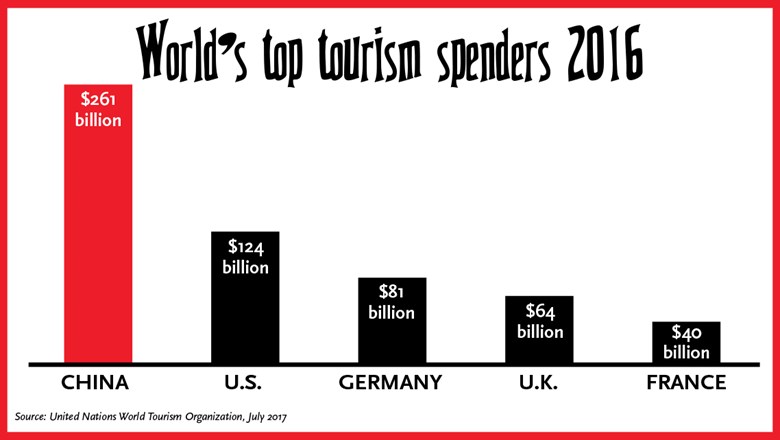Blockchain enables a community to formulate and implement its own economic rules, hence the rise of crypto currencies like bitcoin, which for the most part sidestep government regulations. This is done in part through the digital tokenization of a commodity, real or virtual, connected to a smart contract that defines when and how value is transferred or realized.
With crypto currencies, the commodity is a financial token whose value is typically measured against government-backed currencies. Hospitality technologies now want to create a token and smart contract linked to a specific room in a specific hotel on a specific date and a platform marketplace where rooms can be bought and sold using an interface similar to what is currently displayed by OTAs.
Although the value will float, it would likely do so with more stability than bitcoin because it is backed by something tangible: a reservation.
Once the room is purchased on the platform, it can be occupied by the buyer or resold, either by a prospective guest whose plans have changed or by a speculator hoping to resell the room at a profit. The speculator can be, as examples, an individual, a meetings or wedding planner, an online or offline travel agency, a tour operator or a festival organizer.
The benefit for hotels is that it frees them from dependency on OTAs and enables them to operate with the same benefits as a vacation club, with income guaranteed for a room that could later be traded, resold or even go unoccupied.
The platform will be enormously disruptive to OTAs and it will free hotels from the temptation to sell inventory at significant discounts to OTAs and will provide flexibility to travellers who might otherwise face losses from cancellation penalties.
This system will reduce the cost to hotel owners from as high as 25% of a room’s rate — an estimate of OTA costs — down to 2.5%.
This platform has the potential to disrupt the hotel brands themselves, and possibly even home-sharing companies like Airbnb, by providing a cheaper form of third-party distribution for owners of hotels and homes/apartments/spare rooms.



